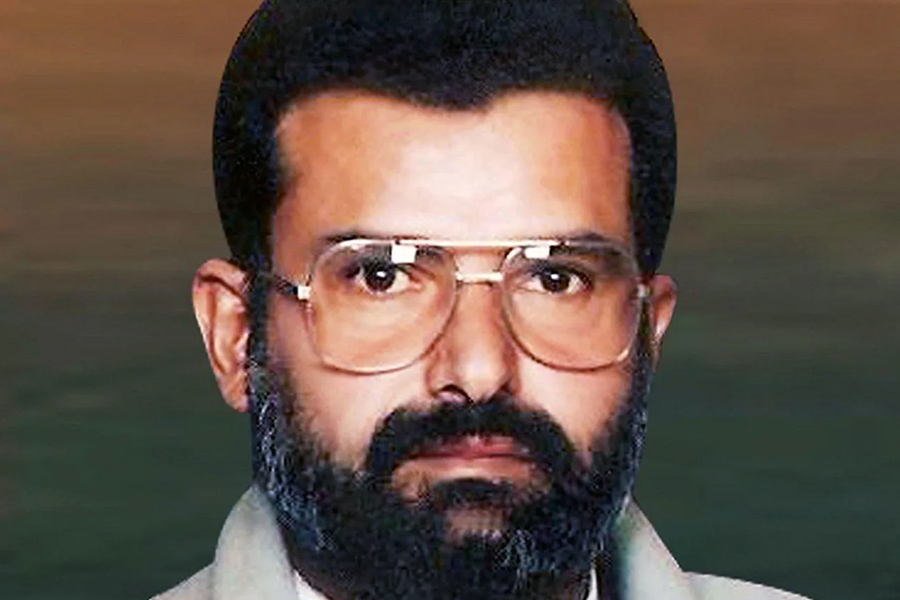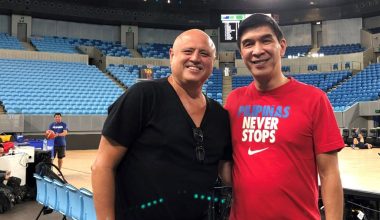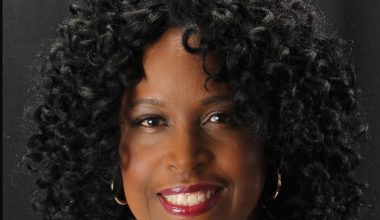Basic Information
| Field | Details |
|---|---|
| Full name | Hussein Badreddin (Badr) al-Houthi |
| Common forms | Hussein al-Houthi, Hussein Badr al-Din al-Houthi |
| Arabic | حسين الحوثي |
| Birth date | Often cited as 20 August 1959 (some accounts vary) |
| Place of origin | Marran, Saada Governorate, northern Yemen |
| Nationality | Yemeni |
| Religious affiliation | Zaydi Shi’a |
| Public roles | Member of Parliament (Party of Truth), religious teacher, organizer of the “Believing Youth” |
| Movement associated | Founding figure of the Houthi movement (Ansar Allah) |
| Years active (public life) | Early–mid 1990s (parliament) to 2004 (insurgency) |
| Death | Killed in combat, September 2004, during clashes in Saada Governorate |
| Notable for | Ideological founder and early leader of the Houthi movement; catalyst of the 2004 Saada conflict |
| Family notes | Son of prominent Zaydi scholar Badreddin al-Houthi; brother of Abdul-Malik al-Houthi; related to several senior figures in the movement |
| Marital status/children | Not reliably documented in public, authoritative records |
Origins and Early Public Life
Hussein al-Houthi was born into a clerical household in the rugged highlands of Yemen’s Saada Governorate, a heartland of Zaydi tradition. From Marran, a village etched into the mountains, he absorbed a legacy of scholarship and religious authority under his father, the noted Zaydi cleric Badreddin al-Houthi. This background shaped his voice as a preacher, teacher, and—eventually—a political organizer.
In the early to mid-1990s, Hussein entered national politics as a member of Yemen’s parliament with the Party of Truth. Those years coincided with a turbulent era of Yemen’s unification, constitutional debates, and factional competition. His tenure in parliament sharpened his critique of central governance and galvanized his turn toward religious revival, social organizing, and broader mobilization in the north.
From Preaching to Mobilization: The Believing Youth
After his parliamentary stint, Hussein became a focal figure in religious education and youth engagement. He helped organize the “Believing Youth,” a network that sought to revitalize Zaydi identity, doctrine, and social cohesion in Saada and nearby areas. The network was not merely catechism—it became a conduit for community participation, collective discourse, and, gradually, political activism. By the early 2000s, these circles provided the social backbone for a larger movement, later known to the world as the Houthis or Ansar Allah.
This shift from preaching to mobilizing functioned like a mountain stream gathering tributaries. Local grievances, a search for identity, and religious pedagogy converged into a current that would soon carve its own canyon in Yemen’s political landscape.
2004: The First Saada War and His Death
The insurgency that erupted in 2004 marked a turning point. Confrontations between Hussein’s followers and Yemeni government forces escalated in Saada Governorate. In September 2004, Hussein al-Houthi was killed in combat. While tactical details differ across accounts, the broad arc is uncontested: the fighting culminated in his death, and the insurgency did not end—it evolved. The movement absorbed the blow, reorganized, and continued under new leadership, setting the stage for its ascent in subsequent years.
Timeline at a Glance
| Year/Date | Event |
|---|---|
| Early–mid 1990s | Serves in Yemen’s parliament (Party of Truth) |
| Late 1990s–early 2000s | Focuses on religious education and organizes the “Believing Youth” |
| 2004 | Leads the early Houthi insurgency in Saada |
| September 2004 | Killed in combat during clashes with government forces |
| Mid-2000s onward | Movement reorganizes under family leadership, consolidating as Ansar Allah |
The Family Network: Fathers, Brothers, Cousins
The al-Houthi family is not simply a kinship line; it is a scaffold for religious, political, and military leadership within the movement. Hussein’s death did not sever that scaffold; it strengthened it.
- Father: Badreddin (Badr) al-Houthi (1926–2010), a venerable Zaydi scholar, provided the intellectual and spiritual foundation for the family. After Hussein’s death, he briefly played a guiding role in the movement’s religious orientation.
- Brother: Abdul-Malik al-Houthi, Hussein’s younger brother, emerged as the movement’s central leader—political, military, and spiritual—steering it from the mid-2000s into national prominence.
- Brothers/Relatives: Yahia al-Houthi and Abdul-Karim al-Houthi appear in public reporting as senior figures tied to leadership and administration. Cousin Mohammed al-Houthi is frequently listed among prominent movement personalities.
Key Family Members
| Name | Relationship to Hussein | Lifespan | Role/Notes |
|---|---|---|---|
| Badreddin (Badr) al-Houthi | Father | 1926–2010 | Prominent Zaydi cleric; post-2004 religious guide within the movement |
| Abdul-Malik al-Houthi | Younger brother | — | Succeeded as movement leader from mid-2000s onward |
| Yahia al-Houthi | Brother | — | Senior figure; political and organizational roles reported |
| Abdul-Karim al-Houthi | Brother | — | Senior figure linked to leadership structures |
| Mohammed al-Houthi | Cousin | — | Publicly noted as a prominent figure in the movement |
Note: Public profiles emphasize leadership roles; private family details (spouses, children) are not reliably documented in accessible, authoritative records.
Ideas and Legacy
Hussein al-Houthi’s legacy is part creed, part catalyst. He is remembered as the founding ideologue of the movement that would become Ansar Allah, a figure who married religious revivalism with community organization and resistance politics. In Houthi-controlled areas, his image and sermons are invoked as touchstones—an origin story that confers legitimacy and continuity. Even as the movement’s strategies evolved under Abdul-Malik, Hussein’s standing as the “founding martyr” remains central to its narrative.
Financial Visibility
Regarding personal finances, credible public records do not substantiate claims about Hussein al-Houthi’s net worth, bank accounts, or private assets. Coverage of his life focuses on religious leadership, political activism, and the 2004 conflict rather than financial disclosures.
In Today’s Headlines
Hussein died in 2004, so his name appears mainly in historical context—profiles, anniversaries, and backgrounders explaining the movement’s rise. Contemporary news focuses on current leadership and operations, yet Hussein’s portrait remains in the movement’s public rituals, a reminder that the flame lighting today’s events was struck two decades ago.
Limitations and Caveats
A few biographical details carry minor discrepancies in public reporting, such as the precise birth year and the tactical circumstances of his death in 2004. Additionally, reliable, English-language public sources provide limited information on private family matters, and reporting tends to prioritize leadership roles, ideology, and the movement’s actions over personal life.
FAQ
Who was Hussein al-Houthi?
He was a Yemeni Zaydi religious leader, parliamentarian, and founding figure of the Houthi movement (Ansar Allah).
When and where was he born?
His birth date is often cited as 20 August 1959, and he came from Marran in Saada Governorate, northern Yemen.
What was the “Believing Youth”?
It was a religious and social network he helped organize to revitalize Zaydi identity and community engagement in Saada.
When did the insurgency begin under his leadership?
The first major clashes occurred in 2004 in Saada Governorate, marking the start of the Houthi insurgency.
How did Hussein al-Houthi die?
He was killed in combat in September 2004 during fighting with Yemeni government forces in Saada.
Who leads the movement after him?
His younger brother, Abdul-Malik al-Houthi, became the movement’s leader from the mid-2000s onward.
Are his spouse or children publicly documented?
No reliable, authoritative public records detail his spouse or an official roster of children.
Is there credible information on his personal net worth?
No; public reporting focuses on his political and religious roles rather than personal finances.



